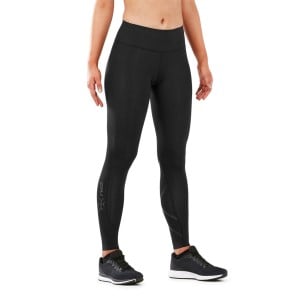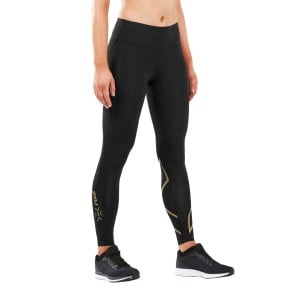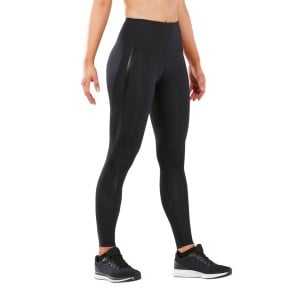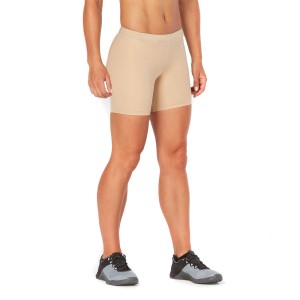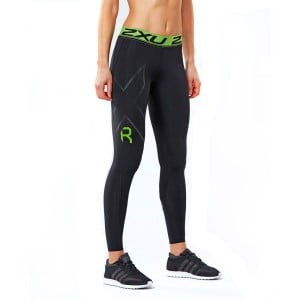Why The Downward Dog Deserves Its Celebrity Status
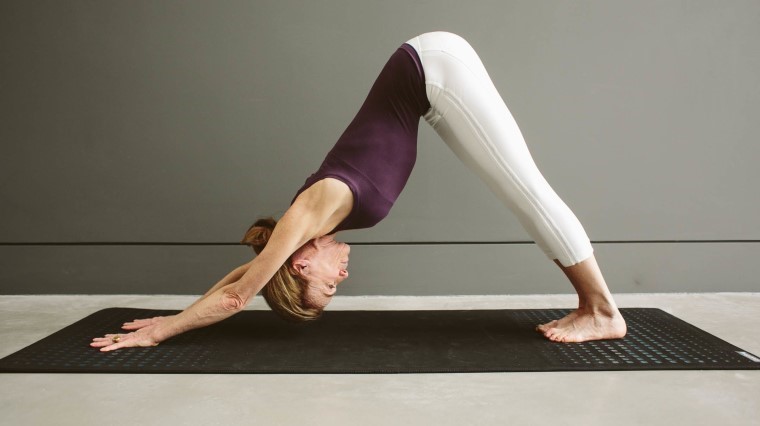
When it comes to YOGA, the term Downward Dog has gained somewhat of a celebrity status. As one of the core poses of many of your classes and the most common phrase to leave your instructors mouth, the benefits of this simple pose surpass any other. Adding it to your exercise routine, whether you are a yogi or not, may help alleviate many common health problems such as fatigue, stiffness, backaches and pains and poor circulation, all which come from sitting in an office all day.
Stiffness and back pain: Practicing the downward dog on a regular basis helps you build flexibility in your neck and back which in turn eliminates tightness in the area. The more flexibility you build in your back and shoulder area the less likely you are to store tension there.
Bone density: The downward dog is believed to help build bone density, which is especially important for women who are more prone to osteoporosis. Exercises and poses, which rely on upper body strength, work to preserve and build bone density over time.
Energy Booster: The downward dog is one of the best poses you can do when you are feeling tired or fatigued. Swap your 4th coffee for a minute of holding the pose for an instant pick me up.
Circulation booster: Any pose in which your heart is above your head works wonders when it comes to boosting your circulation. A healthy circulatory system encourages more toxins to be flushed out of your system, helps you regulate your blood pressure and keeps your immune system in tiptop shape.
Stretch it out: This one easy pose stretches out your arms, legs and back all at the same time so whether you are in a yoga class or have just finished a gym session, it’s the perfect way to stretch out those sore muscles and speed up your recovery time.
Ensure you are doing it correctly.
While it is a simple move, it is important to ensure you are doing it correctly. Engage your core and draw up from through your quads while reaching up and back with your hips and then down towards the floor with your heels. Ensure you don’t hyperextend your knees. Do make sure your body forms a visible inverted V and your neck and shoulders are not collapsing on themselves. Listen to your body, if it doesn’t feel right then chances are it isn’t.
Photo courtesy of corefocuswellness.com
-
sale2XU MCS Run Womens Compression Tights
-
sale1 other colour2XU MCS Force Cross Train Mid Rise Womens Compression Tights
-
sale1 other colour2XU MCS Force Cross Train Mid Rise Womens Compression Tights
-
sale2XU Hi-Rise Motion Womens Compression Tights
-
sale1 other colour2XU Game Day 5 Inch Womens Compression Shorts
-
sale2XU Refresh Recovery Womens Compression Tights


